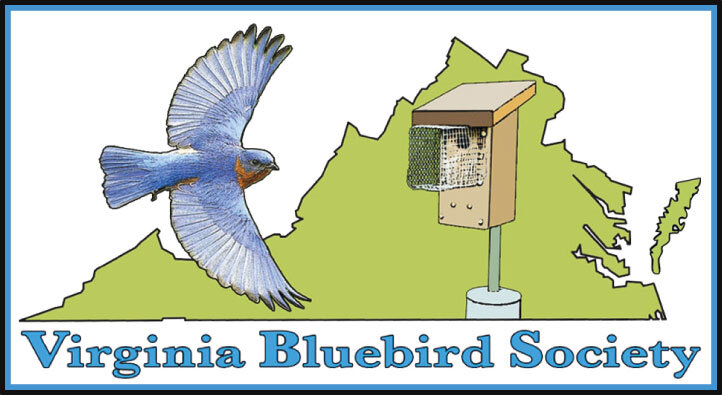Feeding Bluebirds
Bluebirds love mealworms and can be fed year-round. It is easiest to start feeding them when they have babies in the nests. Bluebirds usually reject commercially sold bluebird feeders. We have devised a fix for these that seems to work. We take the Plexiglas out of these feeders and replace it with metal hardware cloth and expand the entrance holes. Often you need to put the mealworms in a shallow dish under a perch that they commonly uses and once they associate the dish with food you can begin to move the dish until you move it inside your feeder. For more feeding information, check out this guide from the North American Bluebird Society.
Mealworms – Mealworms are available in bulk (1000 or more) from many birding supply stores or from various suppliers such as Grubco 800-222-3563, Nature’s Way 800-318-2611, or Sunshine Mealworms; Silverton OR, 1-800-322-1100 (www.sunshinemealworms.net). Mealworms can be stored in the refrigerator for over a month at a time in a container with air holes on the top. Keep them in oat bran meal and put a few slices of fresh apples in the container every week. As you need mealworms for feeding, use a course sifter of some sort to scoop up the mealworms and sift them out of the bran meal.
Vegetation to Attract Bluebirds – Bluebirds eat berries in the winter. Many types of berry producing plants will attract and nourish birds. This includes plants such as holly, dogwood, bayberry, winterberry, service berry, hawthorn, sumac, privet inkberry, and Virginia creeper. Learn more about plants that attract birds.
Suet For Bluebirds – 1 cup crunchy peanut butter, 1 cup lard, 2 cups quick oats, 2 cups cornmeal, 1 cup flour, 1/3 cup sugar, berries like currents optional. Mix dry ingredients. Melt peanut butter & lard together, and mix with dry ingredients. Press into pan, cool, cut into squares and freeze until needed.
Water – Water is key to attracting bluebirds. You can often attract more birds by providing water than food as it can be hard for them to find water sources. Baths should be located far enough from brush to protect birds from predators such as cats but close enough to a low tree or perch to make the birds feel secure and able to escape. Change the water frequently and limit the depth to around 1.5 inches to guard against newly fledged birds drowning. Heating coils are available for keeping the bath from freezing in the winter.
